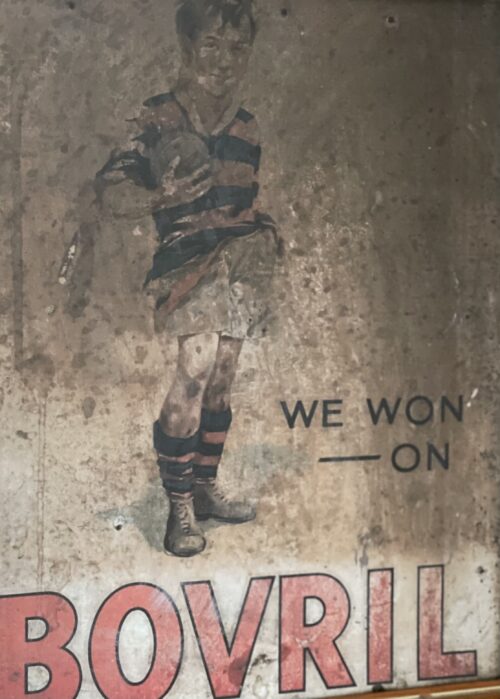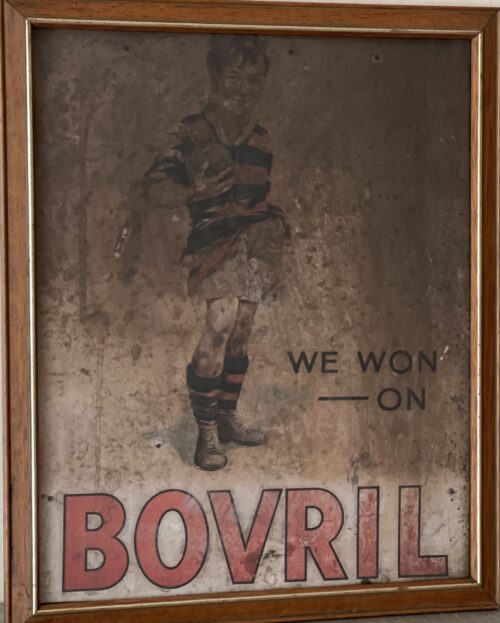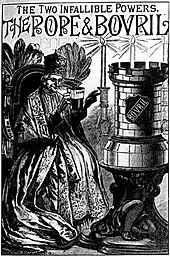"Danny Boy" is a ballad, written by English songwriter Frederic Weatherly in 1913, and set to the traditional Irish melody of "Londonderry Air".
In 1910, in Bath, Somerset, the English lawyer and lyricist Frederic Weatherly initially wrote the words to "Danny Boy" to a tune other than "Londonderry Air". After his Irish-born sister-in-law Margaret Enright Weatherly (known as Jess) in the United States sent him a copy of "Londonderry Air" in 1913 (an alternative version of the story has her singing the air to him in 1912 with different lyrics), Weatherly modified the lyrics of "Danny Boy" to fit the rhyme and meter of "Londonderry Air".
Weatherly gave the song to the vocalist Elsie Griffin, who made it one of the most popular songs of the new century. In 1915, Ernestine Schumann-Heink produced the first recording of "Danny Boy".
Jane Ross of Limavady is credited with collecting the melody of "Londonderry Air" in the mid-19th century from a musician she encountered.
| "Danny Boy" | |
|---|---|

Danny Boy |
|
| Song | |
| Published | 1913 |
| Genre | Folk |
| Songwriter(s) | Frederic Weatherly (lyrics) in 1910 |
| Recording | |
|
Performed by Celtic Aire of the United States Air Force Band
|
|
Lyrics
The 1913 lyrics by Frederick E. Weatherly:Oh, Danny boy, the pipes, the pipes are calling From glen to glen, and down the mountain side. The summer's gone, and all the roses falling, It's you, It's you must go and I must bide. But come ye back when summer's in the meadow, Or when the valley's hushed and white with snow, It's I'll be there in sunshine or in shadow,— Oh, Danny boy, Oh Danny boy, I love you so! But when ye come, and all the flowers are dying, If I am dead, as dead I well may be, Ye'll come and find the place where I am lying, And kneel and say an Avé there for me. And I shall hear, though soft you tread above me, And all my grave will warmer, sweeter be, For you will bend and tell me that you love me, And I shall sleep in peace until you come to me!
Meaning
There are various conjectures about the meaning of "Danny Boy".Some interpret the song to be a message from a parent to a son going off to war or participating in the Irish uprising (as suggested by the reference to "pipes calling glen to glen") or emigrating as part of the Irish diaspora. The 1918 version of the sheet music with Weatherly's printed signature included alternative lyrics ("Eily Dear"), with the instructions that "when sung by a man, the words in italic should be used; the song then becomes "Eily Dear", so that "Danny Boy" is only to be sung by a lady". Nonetheless, it is unclear whether this was Weatherly's intent.Usage
- Percy Grainger's Irish Tune from County Derry adapts the Danny Boy/Londonderry Air melody for wind ensemble in 1918.
- The song is popular for funerals; but the National Catholic Reporter wrote in 2001 that it "cannot be played during Mass."
Select recordings
"Danny Boy" has been recorded multiple times by a variety of performers. Several versions are listed below in chronological order.- 1940 Judy Garland Little Nellie Kelly soundtrack. Garland also sang it live at her concerts in Ireland and Scotland and most famously at her New York Palace Theatre debut in 1951.
- 1940 Glenn Miller and His Orchestra released a single that climbed to #17 in "Pop Memories 1890-1954" (not Billboard's charts);Arranged by Glenn Miller and pianist Chummy MacGregor.
- 1941 Bing Crosby Merry Christmas. "Danny Boy" was paired with "I'll Be Home for Christmas" on its original single. Recorded July 5, 1941.
- 1941 Deanna Durbin in the film It Started with Eve
- 1950 Al Hibbler released a single that rose to #9 on the R&B chart[12]
- 1959 Conway Twitty's version charted at #10 on the Billboard Hot 100, #18 on Top R&B.(banned by the BBC)
- 1961 Andy Williams used the song's title for his album Danny Boy and Other Songs I Love to Sing. The single hit #15 on the U.S. adult contemporary and #64 on the Hot 100 charts.
- 1964 Patti LaBelle and the Bluebelles released a single that peaked at #76 on the Hot 100.
- 1965 Jackie Wilson's version rose to #94 on the Hot 100 and #25 on the R&B charts.
- 1967 Ray Price's single hit #60 on the Hot 100 and #9 on the Country charts.
- 1992 Eric Clapton recorded an instrumental version released as a bonus track for Change the World [6]
- 1992 John McDermott released the song as an independent single.
- 1998 Sinéad O'Connor sang the song over Davy Spillane's uilleann pipes on Spillane's album The Sea of Dreams. Actor-filmmaker Gabriel Byrne said this version is his favourite.
- 2002 Johnny Cash recorded the song on his album American IV: The Man Comes Around, working with producer Rick Rubin in what would come to be the last album released during his lifetime. Cash had previously recorded the




































